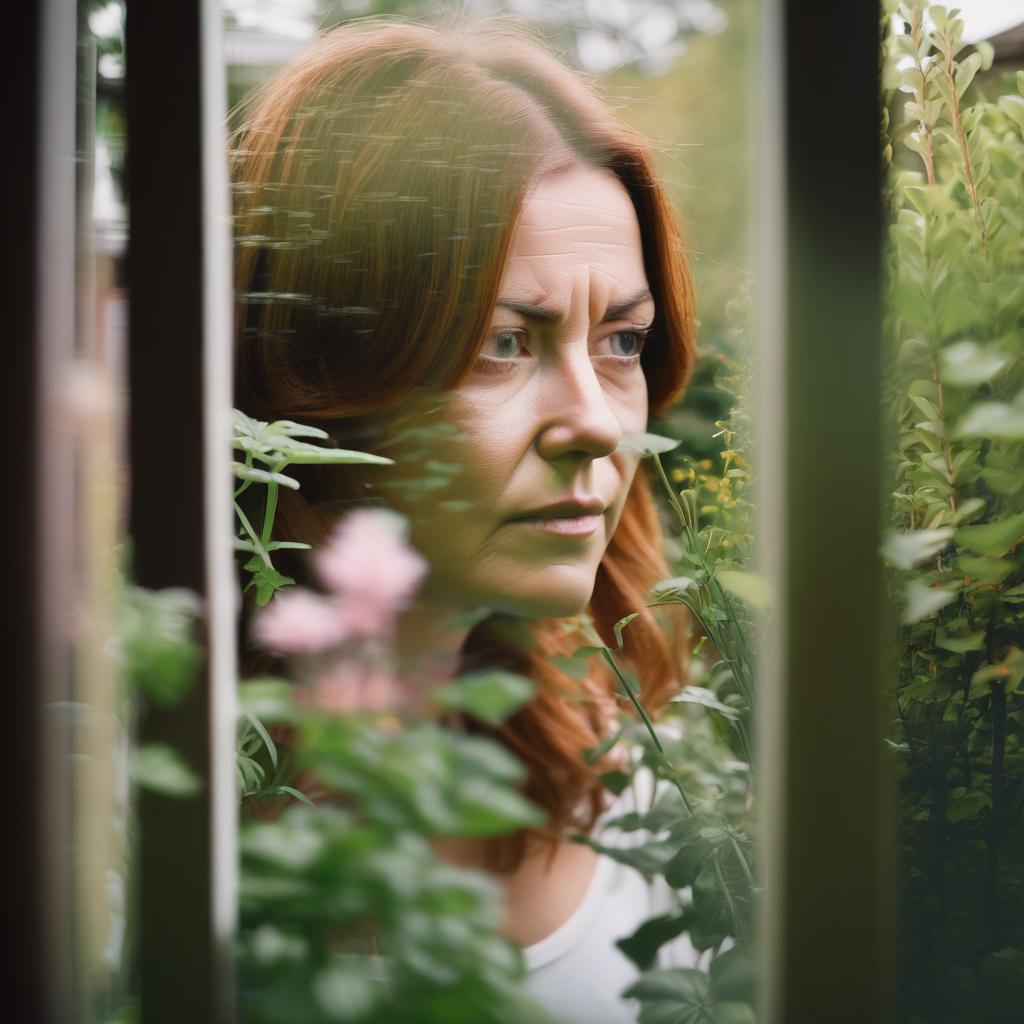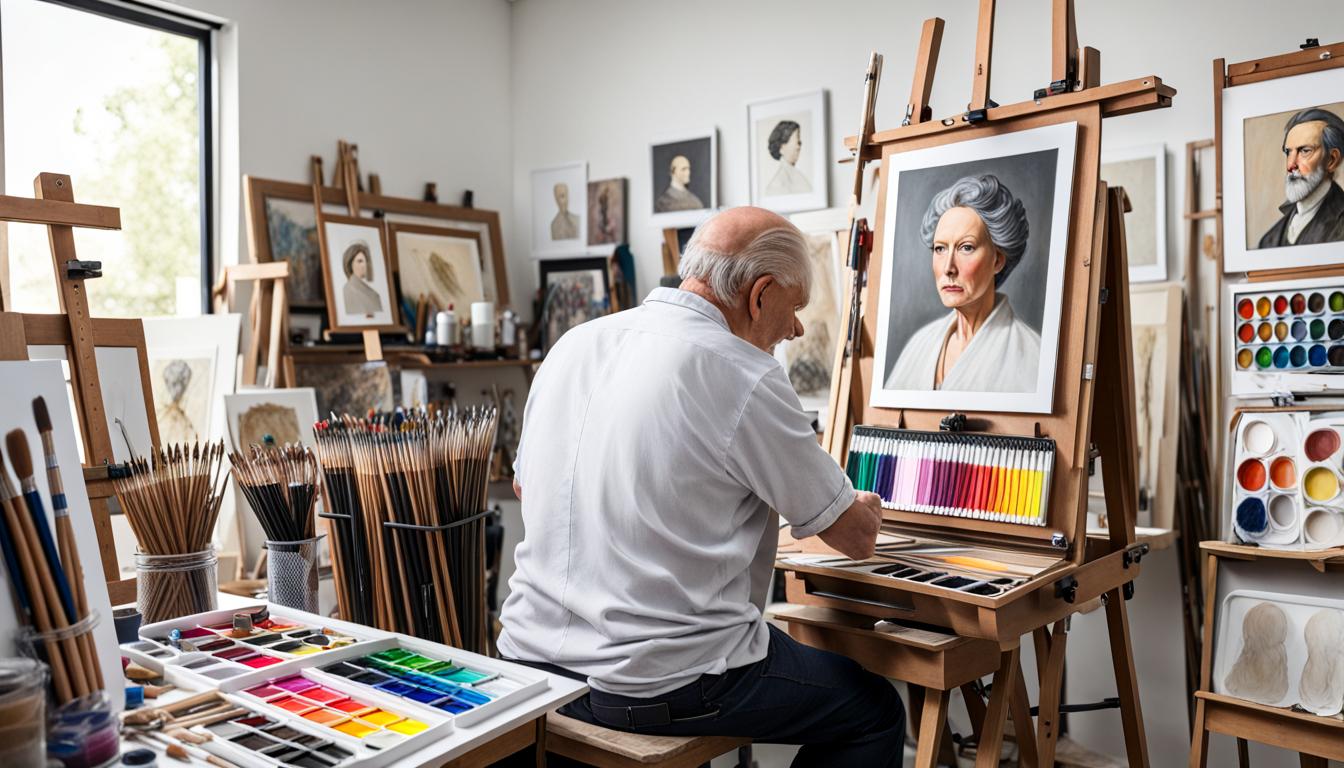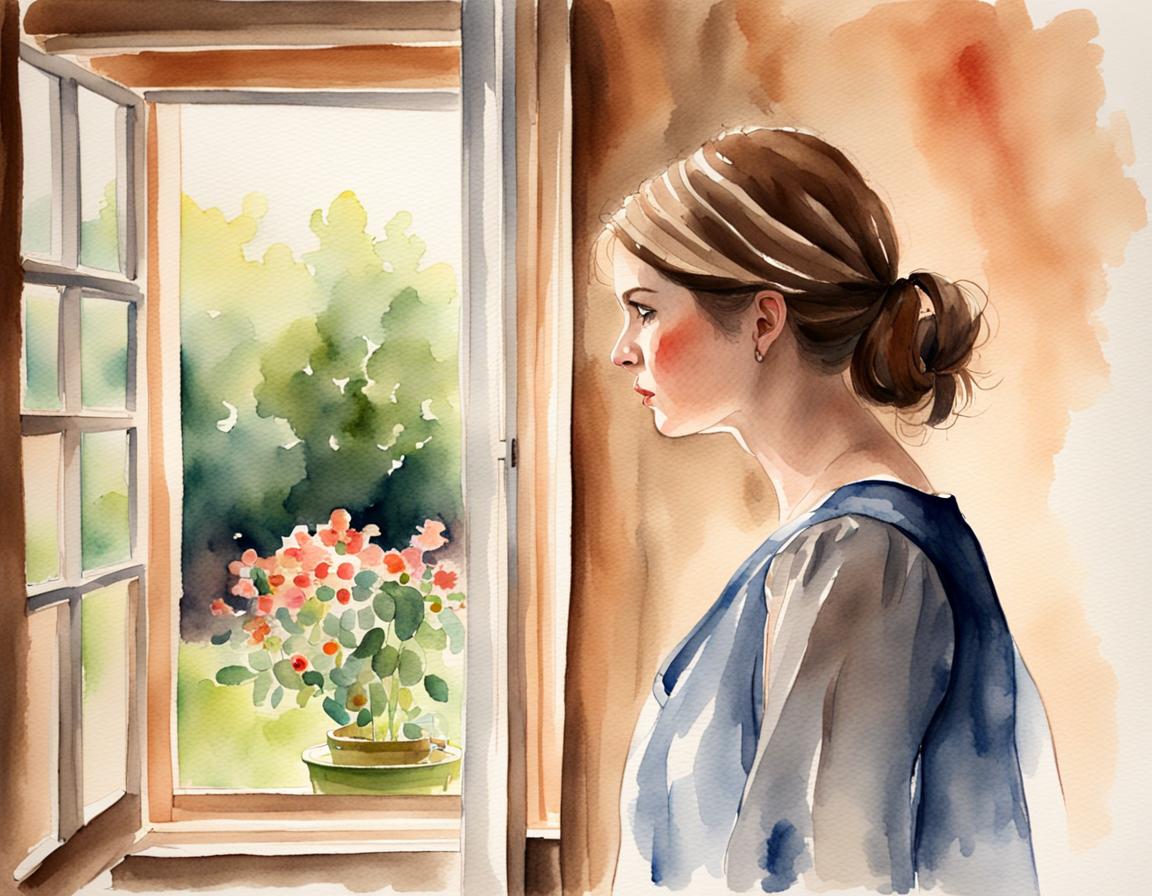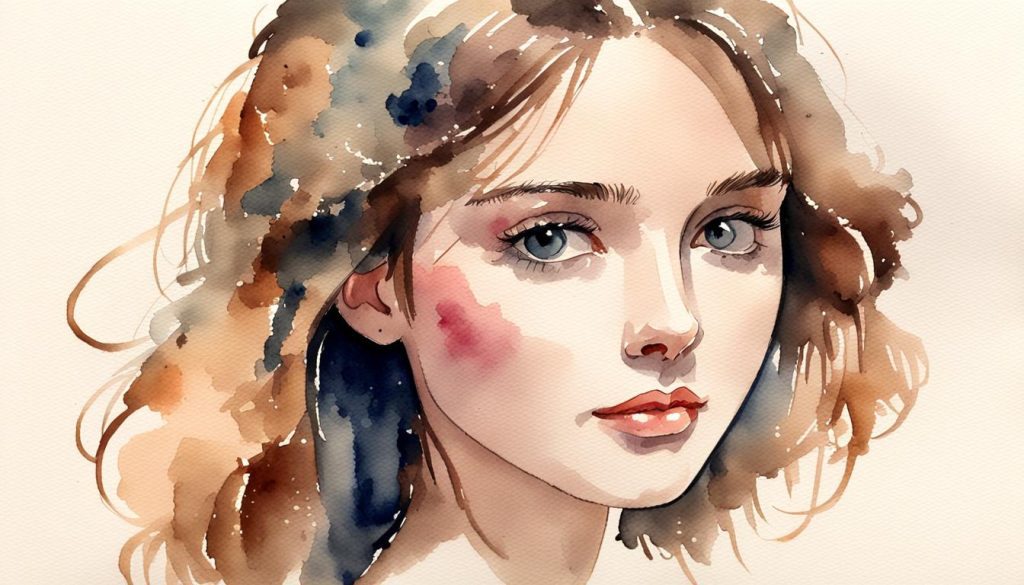
Watercolor portraiture can seem daunting for artists just getting started with painting. The unique fluidity of watercolors along with the intricacy of recreating detailed facial features poses a challenge. However, by methodically building skills using proven techniques – any beginner can develop mastery painting stunning works of watercolor portrait art over time.
This comprehensive guide covers all aspects of foundational watercolor portraits geared specifically for novices including:
- Key materials to use for portraits
- Core painting techniques to practice
- Easy step-by-step instructions
- Common beginner tips and pitfalls
Follow along as we break down the captivating world of watercolor portraiture for emerging artists!
Getting Started with Watercolor Portrait Materials
While you can create a portrait with basic supplies, there are some specialty materials well-suited for control and realism needed for rendering detailed facial features:
Watercolor Paper
Choose 140lb cold press paper with a rough texture that allows lifting and smoothing for blending skin tones. Top brands like Fabriano, Saunders Waterford, and Arches are best. The rough bumps grab pigment. Hot press is too slick with no tooth for beginner portraits.
Round and Flat Brushes
Have a selection of natural hair brushes in various sizes like a #4 round for details to a 1′′ flat for broad areas of cheek and forehead. Blend with flats and define smaller traits with rounds. Softer squirrel hair is ideal but pricey – try blending with sable rounds.
Palette
At least 6 paint wells are needed to mix enough variations of skin tone colors. White porcelain palettes with lids keep your custom mixes wet if taking a break. Disposable paper palettes are fine too.
Paint Selection
At minimum: warm and cool versions of red, yellow, blue plus white. Gamblin, Daniel Smith, or W&N professional-grade paints have rich pigmentation for blending vibrant skin colors.
Easels and a clean water supply complete your basic beginner setup!
Watercolor Portrait Techniques for Beginners
Start simply practising these core techniques on a tilted drafting table easel. Tape your paper down on all sides to keep it immobile. Have brush cleaner water ready with towels or paper towels.
Wet-on-Wet
Wet the face area then apply wet paint mixes into it so they bleed softly into one another naturally. Great for initial washes of color with softened edges resembling skin.
Wet-on-Dry
Let layers dry fully between applications when building up opaque layers for greater control. Keeps colors sharper by painting wet on dry surfaces.
Mixing Skin Tones
Vary red, yellow, and white amounts. Add touches of blue for shadows. Testing mixes is key so you can recreate them later after drying. Master a range from light to dark with pink to olive undertones.
Lifting
Use sponges, brushes, or paper towels to lighten areas like adding subtle highlights on cheeks and nose by blotting while wet. Also for textures like pores.
Take breaks between painting sessions! Allowing drying prevents muddy colors and frustration fixing mistakes.
Executing Your First Portrait Painting
Follow this methodical beginner approach for your first watercolor portrait piece on 11×15″ paper:
- Lightly sketch out a simple profile or straight-on face outline with a soft graphite pencil. Capture basic proportions and placement of main features.
- Wet the entire face area avoiding hair and background to remain dry. While damp, quickly lay down broad pink and peach skin tone washes, allowing natural bleeding to form gradients.
- Let it fully dry before the next steps, even over days. Be patient not to rush progress before layers are fixed.
- Reinforce shadows and definition painting in prominent facial features like eyes, nose, lips, etc with a drier tiny round brush. For realism, irises should align toward a consistent light source.
- Define edges and details gradually with increasingly smaller liner brushes adding freckles, eyelashes, wrinkles etc. Use clean water to soften or reverse any areas.
- Preserve light accents with liquid frisket barriers then paint hair and clothing around them with darker tones. Carefully remove frisket after drying.
Here is an example of a beginner’s attempt over time working on accurate skin tones:
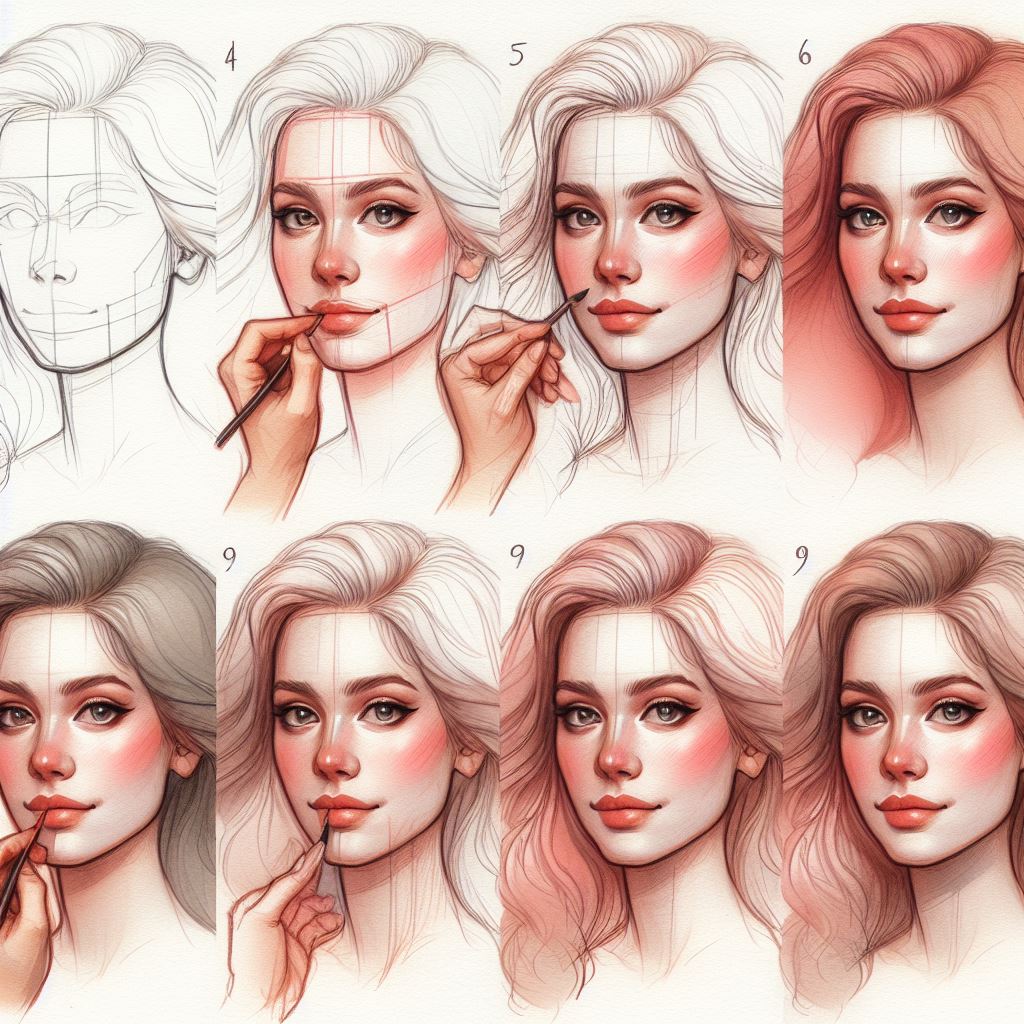
Celebrate small achievements! Building complexity too fast leads to muddiness.
Video Tutorial: How to Paint a Portrait with Watercolors
Tips for Improving as a Beginner
As you self-critique initial works, apply these tips at your own pace:
Use Quality Photo References
Practice is easier when painting portraits of friends who can pose live over an extended session. Otherwise use copyright-free pics with:
- Sharp focus and lighting
- Profile and straight angles
- Simple backgrounds
- Range of skin colors
Avoid Common Pitfalls
- Rushing without fully drying layers
- Skipping value scale practice
- Forgetting to save whites with masking
- Unrealistic color mixing
- Impatience with glazing
Build Foundational Skills
Practice core techniques like wet-on-dry blending and lifing. Recreate the same tones working cleanly over weeks. Drawing skills like proportion and feature placement also continue developing with each piece.
Push Focal Areas
Use crisp details with hard edges around main features like eyes while allowing other areas to fade softly. Reinforce highlighted areas.
Conclusion and Next Steps
Portraiture seems intimidating as a watercolor beginner but gets easier implementing these fundamentals even painting just 30 minutes a day:
- Prep paper properly
- Master mixing skin colors
- Preserve whites intentionally
- Perfect basic washes and glazing
- Sketch simple compositions
- Take materials where they want to go!
Continue challenging yourself with different references and facial angles. Joining local live model portrait painting session groups can accelerate your progress with an encouraging community and teacher feedback.
The exciting journey into watercolor portraiture awaits. With the right mindset as a lifelong student embracing imperfection, you will cultivate astounding artistic talents translating souls onto paper!
